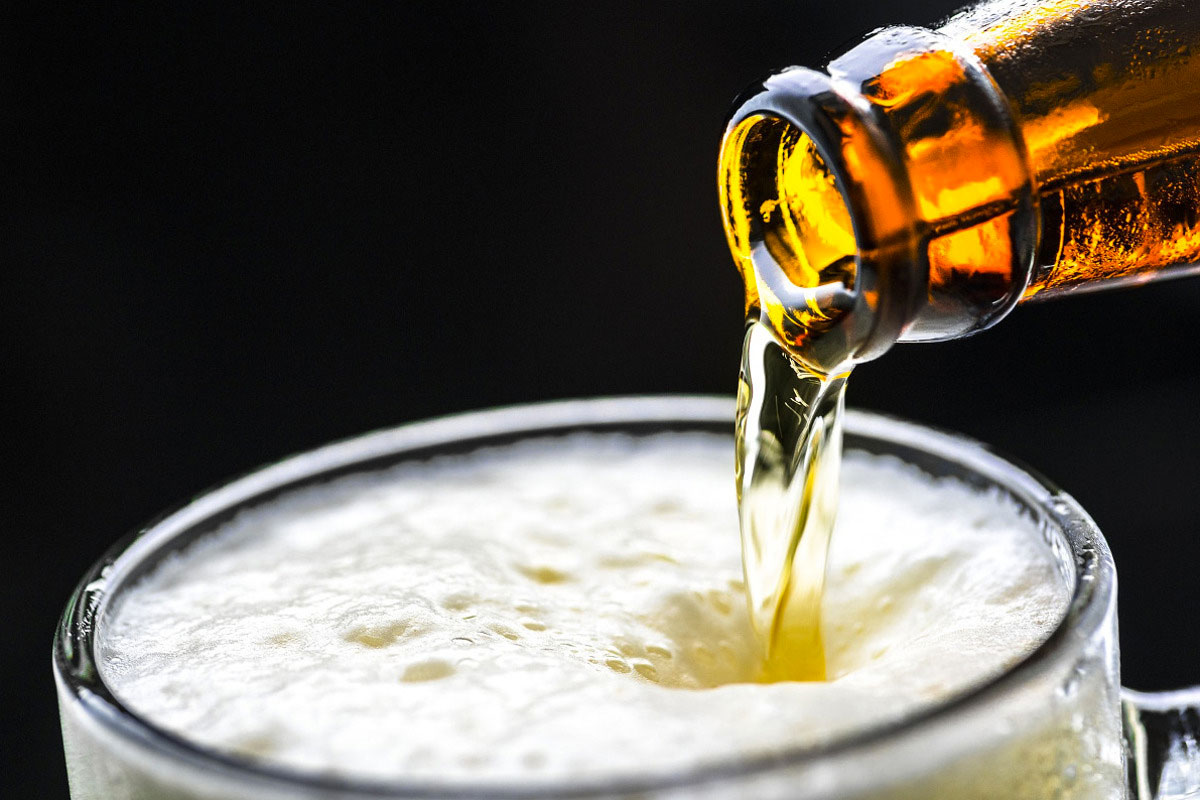
The period 2009-2019 has been a golden decade for the Italian beer market. In the years from 2009 to 2014, according to AssoBirra the cumulative increase in production was +5.8%. From 2014 to 2019, production grew by +27.6% (for a total of +35%).
Click here to discover the authentic ITALIAN BEERS on Italianfood.net platform
EXPORTS IN NUMBERS
Exports increased by +98%, thus contributing to the boom of Italian sales abroad (+44%). Moreover, beer is the only component of demand to have exceeded the values of 2007.
ITALIAN BEER MARKET BETWEEN 2010 AND 2019
| YEAR | PRODUCTION (mio hl) | IMPORT (mio hl) | EXPORT (mio hl) | CONSUMPTIONS (mio hl) | PER CAPITA (l) |
|---|---|---|---|---|---|
| 2010 | 12,814 | 6,304 | 1,869 | 17,249 | 28,6 |
| 2011 | 13,410 | 6,391 | 2,086 | 17,715 | 29,8 |
| 2012 | 13,312 | 6,155 | 1,990 | 17,477 | 29,3 |
| 2013 | 13,256 | 6,175 | 1,927 | 17,504 | 29,2 |
| 2014 | 13,521 | 6,203 | 1,995 | 17,729 | 29,2 |
| 2015 | 14,015 | 6,987 | 2,286 | 18,726 | 30,8 |
| 2016 | 14,516 | 7,095 | 2,582 | 19,029 | 31,4 |
| 2017 | 15,673 | 6,867 | 2,856 | 19,684 | 32,5 |
| 2018 | 16,421 | 6,954 | 3,051 | 20,324 | 33,6 |
| 2019 | 17,247 | 7,062 | 3,448 | 20,861 | 34,6 |
ITALIAN BEER: THE SUCCESS DRIVERS
When it comes to food and beverage production, Italy is renown for genuineness and attention to the raw material, simplicity combined with imagination in the composition, without forgetting attention to details and extreme care in execution.
Just as Italian wine has finally managed to press the French wines on international markets, Italian beer has conquered market shares in champions brewing countries such as England, Germany, Belgium and Austria. An even more extraordinary result considering that the production of beer in the consumer’s perception is not yet part of the Italian beverage tradition.
DEVELOPMENT OPPORTUNITIES
The potential of the Italian beer market is enormous. Suffice it to say that per capita consumption is between a quarter and a third of what we can see in other markets, whereas production is between a quarter and a seventh. There is ample room for an increase in national production, even considering the still large deficit in the beer trade balance (for one hectolitre exported, Italy imports 1.3 hectolitre).
On the other hand, the increase in domestic consumption tends to be satisfied by national production for logistical reasons. Therefore, breweries located within national borders enjoy a competitive advantage over those of other countries.
